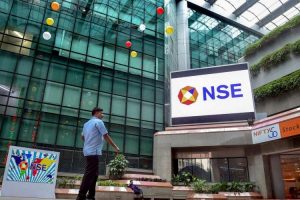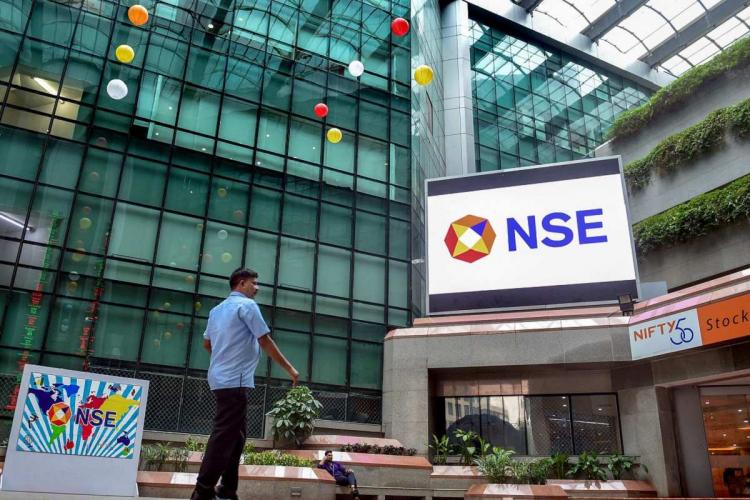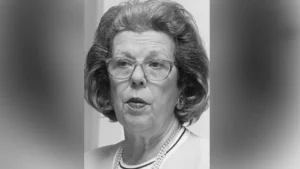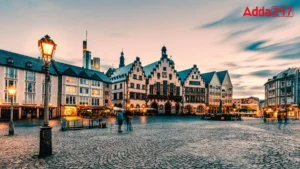
The Securities and Exchange Board of India (Sebi) has slapped heavy penalties in a 2015 ‘dark fibre’ case that saw certain brokers exploiting the National Stock Exchange’s (NSE’s) internet infrastructure to get faster connectivity to its colocation (colo) facilities. The markets regulator has imposed a penalty of Rs 7 crore on NSE and Rs 5 crore on former Managing Director and Chief Executive Officer (CEO) Chitra Ramkrishna.
Buy Prime Test Series for all Banking, SSC, Insurance & other exams
In this case, a total of 18 entities received penalties. It has also levied a fine of Rs 5 crore each on former Group Operating Officer Anand Subramanian and current Chief Business Development Officer Ravi Varanasi. Internet service provider Sampark Infotainment has been asked to pay Rs 3 crore. Online trading firms Way2Wealth and GKN Securities, too, have been asked to cough up Rs 6 crore and Rs 5 crore, respectively.
Important Takeaways For All Competitive Exams:
- SEBI Founded: 1988;
- SEBI Act: 1992;
- SEBI Headquarters: Mumbai, Maharashtra;
- SEBI First Women Chairman: Madhabi Puri Buch (present);
- SEBI was given statutory recognition in 1992 on the recommendation of the Narasimham Committee.
Find More News on Economy Here




 Simone Tata: The Visionary Behind Lakmé ...
Simone Tata: The Visionary Behind Lakmé ...
 When was IndiGo Airlines Founded and Who...
When was IndiGo Airlines Founded and Who...
 Which Country is Known as Deutschland?
Which Country is Known as Deutschland?







